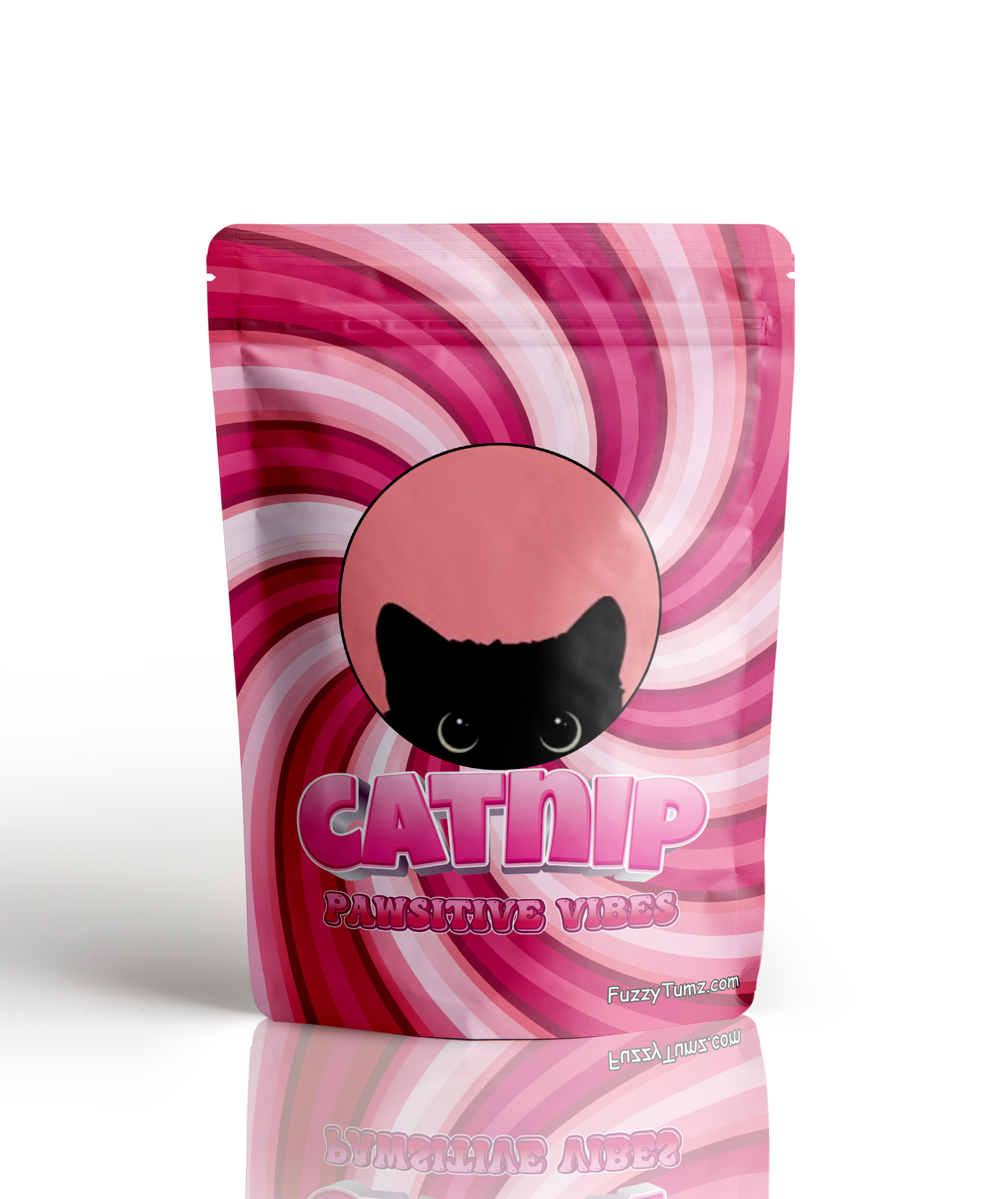Home » Cat Plants » Could the Cordatum Plant Harm Your Cat?

Cordatum, also known as heartleaf philodendron, is a popular houseplant with glossy, heart-shaped leaves. While this plant is not technically an allergen for cats, it is toxic when ingested. Cordatum contains insoluble calcium oxalate crystals which can cause oral irritation, drooling, vomiting and difficulty swallowing if eaten by cats.
This plant is commonly found as a hanging or climbing indoor plant.
Ingestion may cause mild gastrointestinal upset, but is generally not life-threatening.
Ingestion can result in mild symptoms like vomiting, diarrhea, or drooling. Rarely fatal but may require veterinary care.
Eating these plants can lead to more pronounced symptoms like abdominal pain, lethargy, or difficulty breathing. Veterinary intervention may be necessary.
Ingesting even small amounts can cause severe symptoms like organ damage, seizures, or cardiac failure without rapid treatment.
All parts of these plants are extremely poisonous to cats and can quickly lead to death, even with immediate veterinary care.
** Please note: Please note that toxicity level can vary based on the amount ingested and the specific cat. It's always best to keep these plants completely inaccessible to cats and seek immediate veterinary care or call the poison hotline if you suspect your cat has ingested any part of a toxic plant.
If your cat chews on or ingests any part of a Cordatum plant, it may begin to exhibit certain symptoms. Common signs that your cat has philodendron poisoning include:
If you suspect your cat has eaten part of a Cordatum plant, it’s important to contact your veterinarian right away. Your vet will likely:

A: Yes, cats can be allergic to Cordatum. Symptoms of an allergic reaction may include itching, sneezing, and skin irritation.
A: Yes, Cordatum, also known as Heartleaf Philodendron, is toxic to cats. Ingesting any part of this plant can cause symptoms such as vomiting, diarrhea, and drooling.
A: Symptoms of Cordatum poisoning in cats include vomiting, diarrhea, excessive drooling, difficulty swallowing, and swelling of the mouth and throat. Immediate veterinary care is recommended if ingestion is suspected.
A: To prevent contact, ensure that Cordatum is not present in your home or garden. Keep your cat indoors or monitor outdoor activities closely to avoid exposure.
A: If your cat ingests Cordatum, contact your veterinarian immediately. Do not induce vomiting unless instructed by a veterinary professional. Immediate medical attention is necessary.
A: Yes, Cordatum is commonly found in homes and gardens as an ornamental plant. It is important to ensure this plant is kept out of reach of cats to prevent accidental ingestion.
Cordatum, or heartleaf philodendron, is a species of flowering plant in the Araceae family. It is native to South America and the West Indies. Philodendrons have been popular houseplants since the Victorian era. The name derives from the Greek words “philo” meaning love and “dendron” meaning tree.
Cordatum is one of around 450 species of philodendrons, known for their ability to climb and trail with aerial roots. Their low maintenance care and lush foliage make them a common choice for indoor gardens.
Please note: The information shared in this post is for informational purposes only and should not be considered as veterinary medical advice.
